The Japanese Hat: Different Types of Headgear
Karina Ikedo
Posted on September 30, 2024
Share:

An essential part of any outfit is what goes on the head. Headwear represents a historical period and an essential component of virtually every costume. They are now more of a fashion statement than a necessity. But many years ago, a Japanese hat represented rank, position, job, or similar distinctions.
Hats were not worn randomly, although there was some element of personal choice. People from different walks of life wore hats, from farmers tending the fields to soldiers fighting in battle. Keep reading to learn more about some of the best hats and headgear historically worn in Japan.
Kanmuri
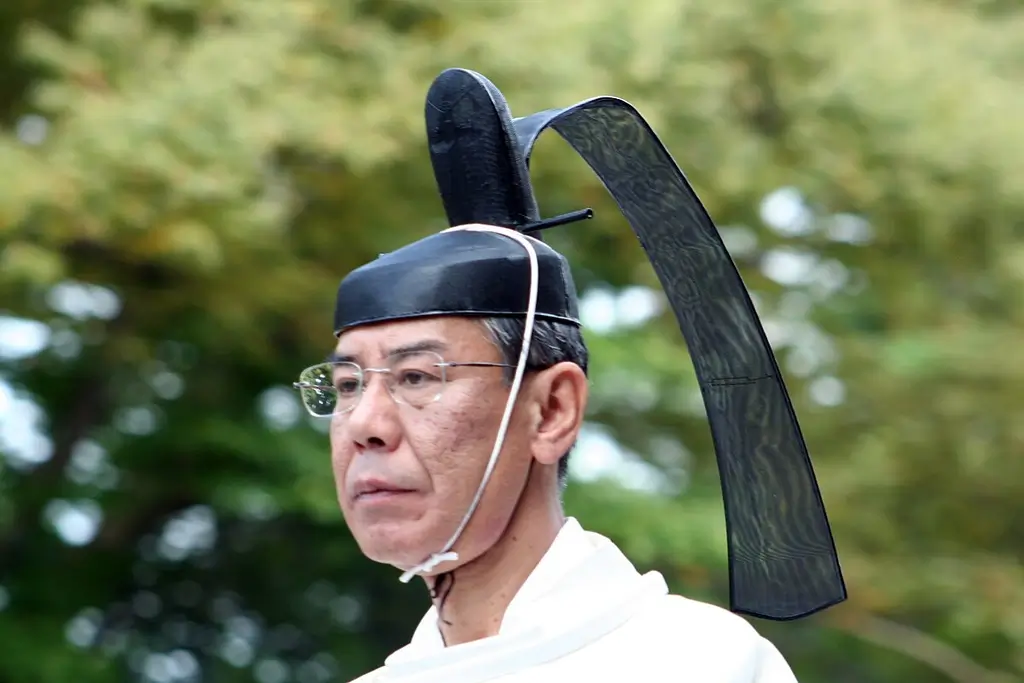
Kanmuri is a tall hat for the adult noble and samurai class. This formal hat dates back to the Heian era (794-1185). Initially worn by the nobility on formal occasions, the kanmuri is now part of traditional Shinto (Japanese religion) priests’ clothing. This black, lacquered hat consists of a low cap with a tall knob on the back. A thin, wired, or lacquered strip of cloth and wooden crossbar are attached to the back of the knob.
Kanzashi
Kanzashi are hair accessories with a metal or wooden base adorned with silk accents. But kanzashi can be any stick-like object with a pointed tip used to hold a hairstyle in place. They are all hand-stitched, not glued together, ensuring they are made to last!
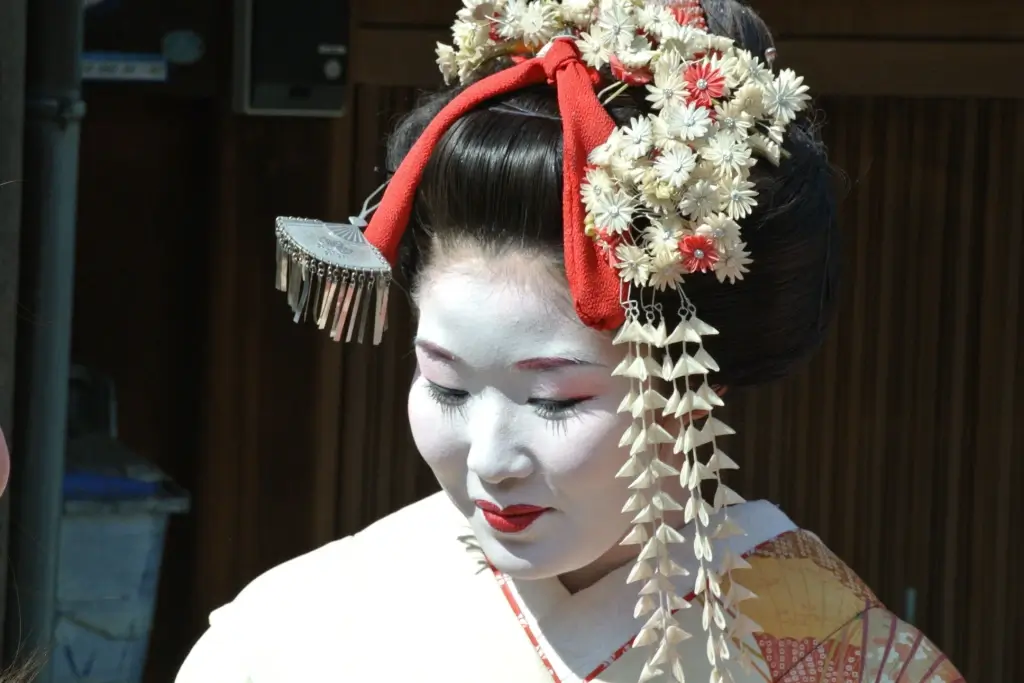
The hair accessory emerged during the Heian period when ladies began to wear their hair in intricate coiffed styles. They gained widespread popularity during the latter Edo era (603-1868 ) as new styles were developed. Geishas, for instance, have had iconic hairstyles throughout history, and this is also because of the symbolic hair decorations they use. So, it’s no surprise that people associate these elegant and detailed Japanese hairpins with geishas and brides.
Tokin
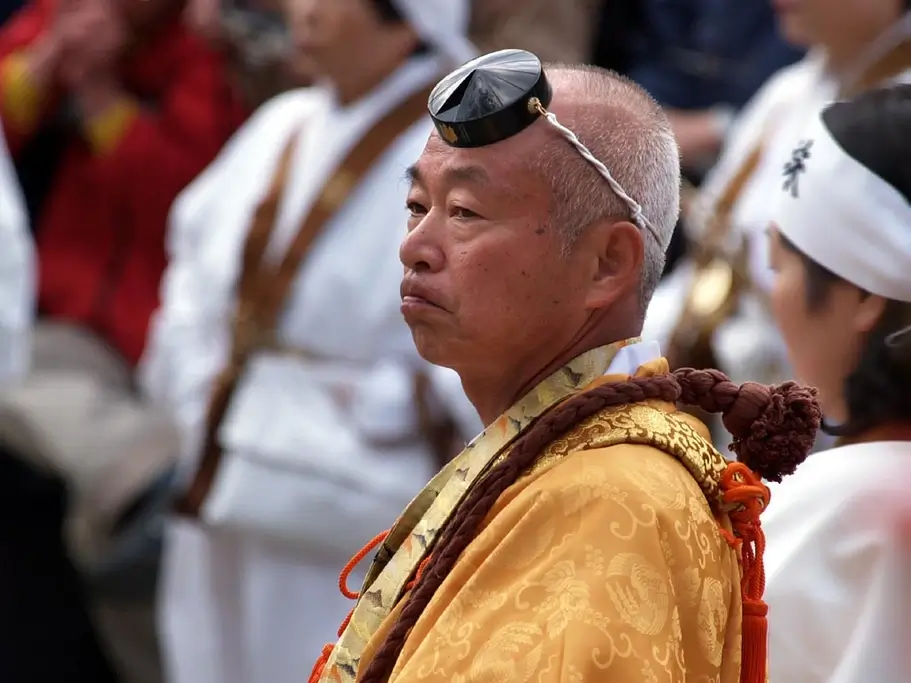
The tokin is a small, black, box-shaped hat traditional to Japan, which yamabushi (mountain ascetic hermits) wear on their foreheads. The tokin has been worn since the Kamakura period (1185–1333) or the Muromachi period (1336–1573). It was a cap made of silk with four strings attached to the front and back of the cap. The two ageo (front strings) were usually tied at the top of the head. Meanwhile, the enbi (back strings) was tied to the back of the head.
Are you interested in enjoying some delicious traditional Japanese sweets and snacks? Check out Sakuraco! Sakuraco delivers traditional Japanese snacks, teas, and sweets from local Japanese makers directly to your door so you can enjoy the latest treats directly from Japan!
Hachimaki
Regarding cultural icons, one headwear item embodies the quintessential image of Japan—the hachimaki. It’s a type of headband, usually made of red or white cloth, featuring a design at the front. In modern Japan, hachimaki are often emblazoned with slogans and red circles reminiscent of the flag of Japan. Hachimaki may be worn to showcase Japanese patriotism or sporting pride. In Western popular culture, hachimaki are stereotypically associated with karate and other martial artists.
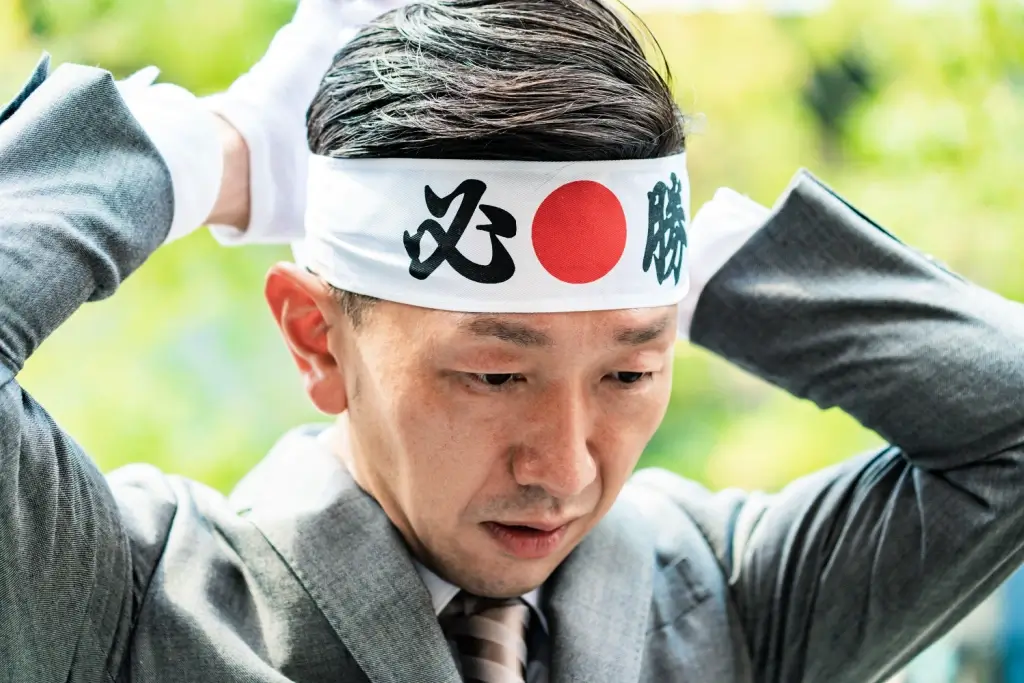
Japanese legend also states that hachimaki strengthens the spirit and keeps the wearer safe from evil spirits and demons. The trend is thought to have started with the samurai, who wore the headbands underneath their helmets to absorb sweat.
Kasa
Kasa generally refers to any style of traditional Japanese woven straw hat. They are a class of hats typically worn to protect the wearer against the weather. Many kasa were waterproofed with lacquer or tree sap, but particular types of straw were water-resistant. As with many traditional garments, the style dictated the materials used to construct it. It is generally made of bamboo, sedges, rushes, wicker, and grasses rice straw.

Kasa came in various styles, which may be utilized to determine the wearer’s occupation. Each kind of kasa has a specified shape and size, the key factor distinguishing them from another. Kasa were usually painted black. The middle class and higher class wore vermillion and gold-colored caps. Possibly, certain types of Kasa were embossed with the Mon crest.
What makes a Japanese hat unique?
People wear Japanese hats because they allow them to immerse themselves in Japanese culture and style. They’re a unique fashion accessory that tells a tale of tradition and modernity. We live in an age where we don’t have to wear hats for status; they’re used for fashion. Hats are now used to make a look more attractive, but they surely carry a lot of history and significance. Have you heard of any of these Japanese hats before? Do you have a favorite type of Japanese headgear? Let me know in the comments below!

Discover authentic flavors with Sakuraco
Get Sakuraco 

Discover authentic flavors with Sakuraco
Get Sakuraco 
Related Articles
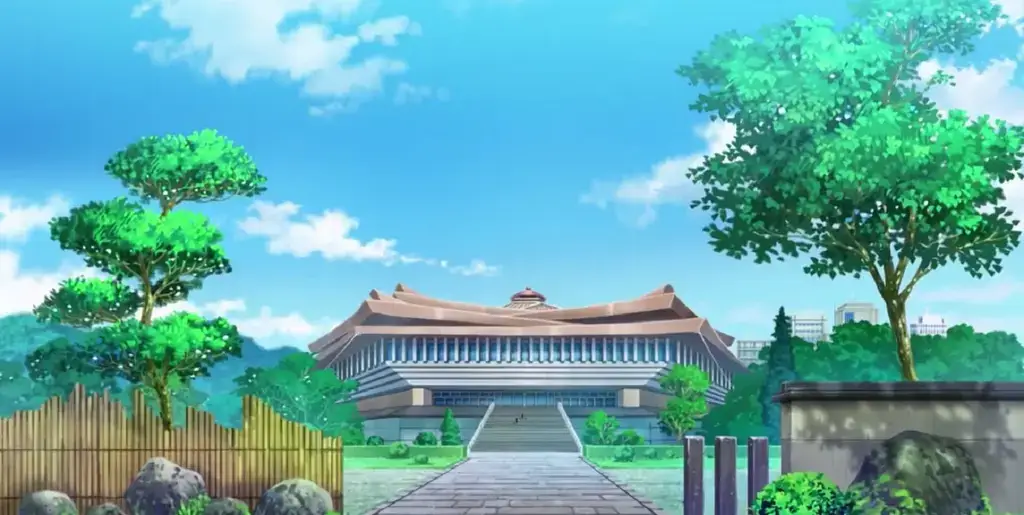
Pokemon Johto Region: Visit the Amazing Cities Behind the Story!
Fans of Pokemon Gold, Silver, and Crystal remember the Johto region as one of the most culturally rich areas in the franchise. Many don’t realize that Japan’s Kansai region heavily inspires Johto.

Artisans in Japan: Why Are They Masters of Their Trade?
Have you ever held something so beautifully made that you couldn’t help but admire every little detail? Maybe a hand-carved wooden bowl, a perfectly folded kimono, or even a sushi roll that looked too good to eat? These masterpieces come from artisans who dedicate their lives to perfecting their craft.
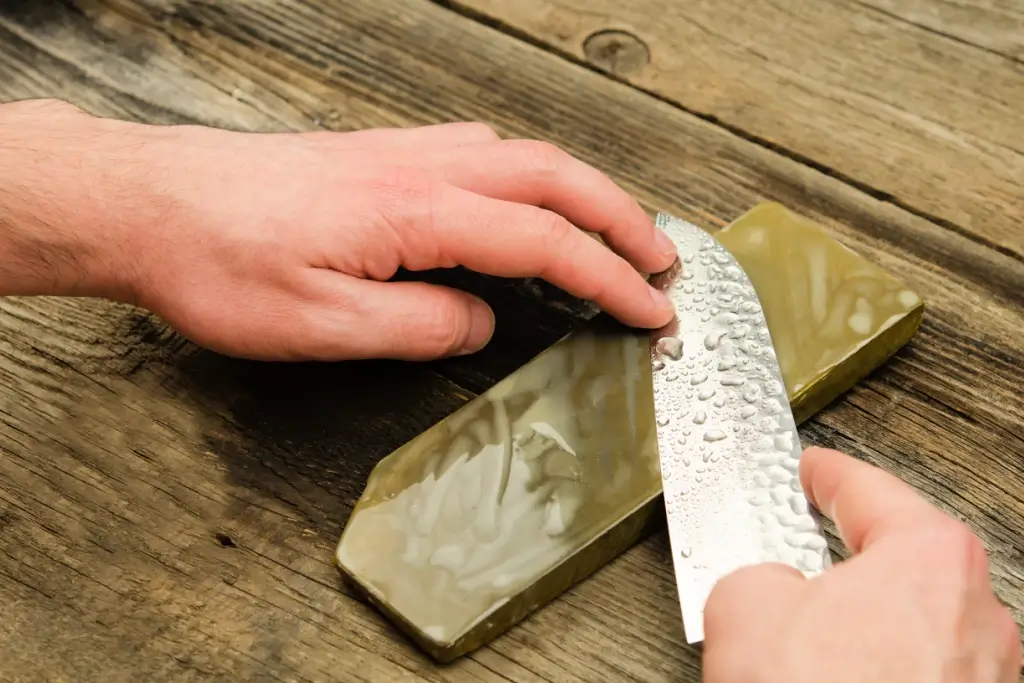
Sakai, Osaka: Home to the Best Japanese Knives!
Sakai, Osaka is one of Japan’s most prestigious knife-making regions. Its storied history and many artisans have culminated in hōchō (kitchen knives) used by chefs worldwide in professional restaurants and home kitchens. Join us as we take a closer look at Sakai knives, the reasons for their popularity, and some of the city’s premier knife-making…
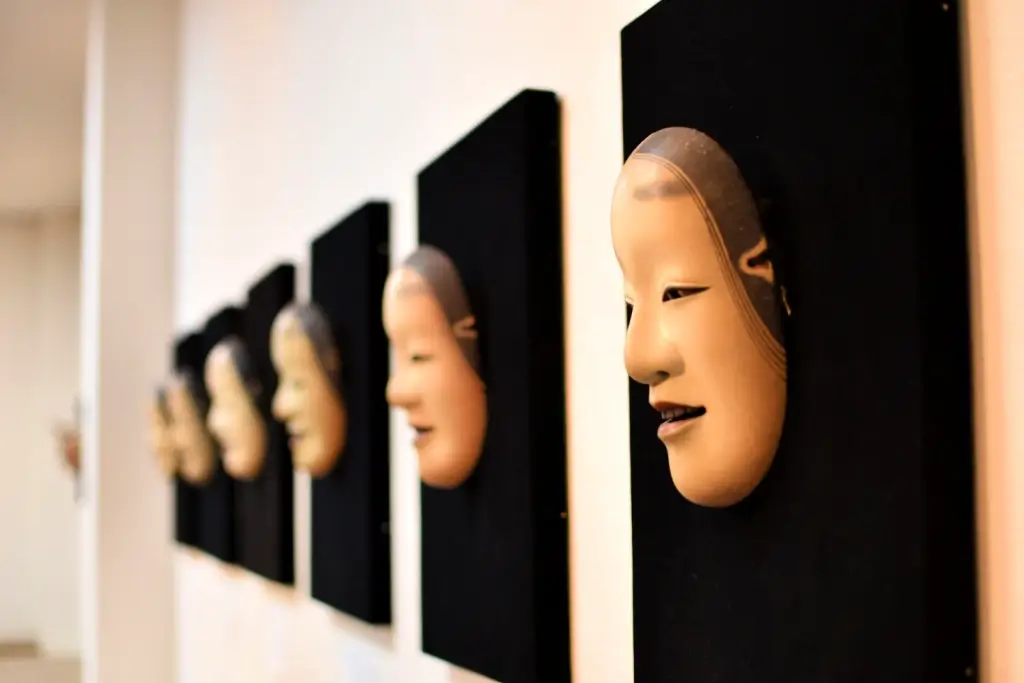
Noh Theater and Crafts: The Heart of Osaka’s Culture
Osaka is one of the largest and most vibrant cities in Japan. Now, let’s explore a selection of the hidden gems of the city’s remarkable traditions, starting with the Noh theater!



